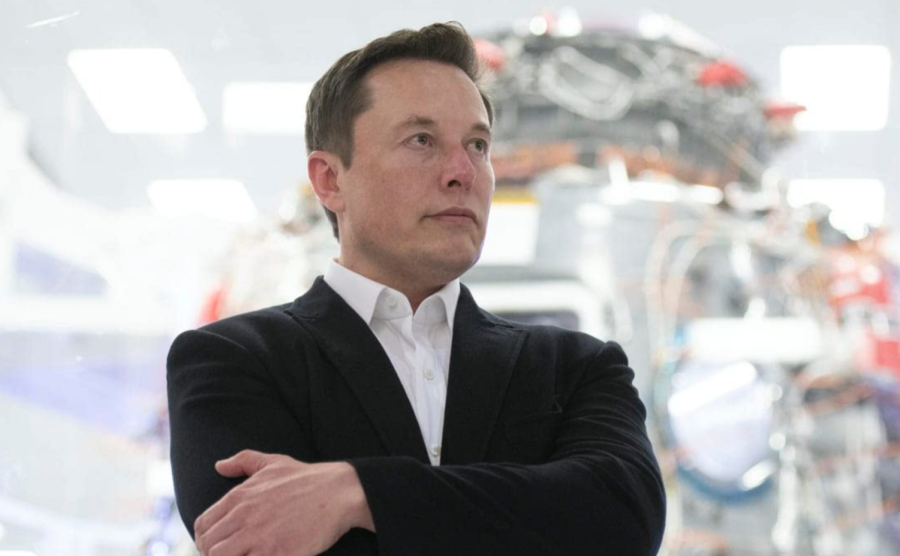Elon Musk completed his acquisition of Twitter last week. He promised to make the platform a haven of free speech, fight back against scam and bot accounts and make the company more profitable. One of the ways Musk has proposed to combat these issues is to turn the platform’s subscription service, Twitter Blue, into a pathway to get verified.
Verification on Twitter had previously been reserved for accounts of “public interest” that are “authentic, notable, and active,” according to the Twitter Help Center. These categories correspond with the requirements necessary to be approved for verification: you must confirm your identity, be a “prominently recognized individual or brand” and have a complete and active profile. The verification process was first introduced in 2009 to address celebrity concerns about impersonation on the platform and has since verified over 400,000 users.
The blue checkmark has since come to not only inform the public that an account is authentic but that an account is credible and trustworthy. However, this isn’t the case for many verified users that spew misinformation and conspiracy theories on the platform and presents the case that the verification process should be reformed.
Musk is doing exactly that, charging eight dollars a month for a user to be verified as well as gain special privileges like priority in replies and searches, fewer advertisements and the ability to post longer videos and audio clips. This isn’t exactly the reform I was looking for. It can be argued that fewer people should be verified on Twitter, not more. However, Musk is now looking to capitalize on a potential untapped revenue stream while also attempting to crack down on bot accounts — two birds with one stone.
I fear, though, that this new verification process will only exacerbate the existing issues with verification. I admire and support Musk and his attempts to “destroy the bots,” as they are a persistent issue on the platform. Bot accounts make up less than five percent of all users on Twitter, yet they represent around a quarter of all content. Bots have shown they have the means to cause chaos and confusion as well as spread false information, and they must be addressed.
At the same time, allowing anyone to pay for verification will dilute the credibility factor that comes with the blue checkmark. The checkmark, whether you like it or not, has become a way to prove someone is a reliable source. If anyone can pay for the checkmark, you will no doubt get nefarious actors or groups who pay for Twitter Blue, get the checkmark and proceed to spread false information and generally increase polarization on the platform and across the country.
Now, there could be more to this plan than we know. Musk and his team could still plan to vet the accounts that sign up for Twitter Blue. He could let accounts apply for the service first, put them through a vetting process and then allow the user to go through with the purchase. But Musk himself, when announcing the change, exclaimed, “Power to the people!” It sounds like Musk wants to build off his promises of free speech and eliminate bots, both goals that I support entirely. Yet by allowing anyone and everyone to pay a monthly fee for the checkmark, as well as receive priority in searches and replies, problems will be exacerbated instead of solved.
An alternative proposal I offer would accomplish Musk’s two goals of “paying the bills” and defeating bot accounts. Establish a new way to verify someone’s identity on Twitter. The verification process for the blue checkmark already requires users to provide a valid ID or passport to confirm their identity. Making every user on Twitter confirm their identity in this fashion would eliminate the bots without giving them the additional blue checkmark and benefits that can lead to some users exploiting it.
Twitter Blue can still be employed as a revenue stream for the company. It currently offers users the ability to undo their tweets, and Musk can add additional features he announced like reduced advertisements, removing the paywall for some news outlets and allowing the user to post longer videos.
Despite his controversial attitude and polarizing public opinion around him, as well as some questionable tactics and scandals at Tesla and SpaceX, Elon Musk seems to genuinely have the best interest of Twitter in mind. I just don’t think he realizes what these changes could mean for the long-term future of the platform and the unintended consequences they could have in terms of the spread of misinformation and increase of political polarization. Musk should tread lightly in his pursuit of change, at risk of destroying what Twitter should be altogether.
Luke Halpern can be reached at [email protected] and on Twitter @lukehalpern.




















Brandon b • Nov 7, 2022 at 5:27 pm
Very nicely written and I like how you offered other ideas for Musk.